CHRISTMAS ORDERS- please check last order dates on your specific piece as they're all different!
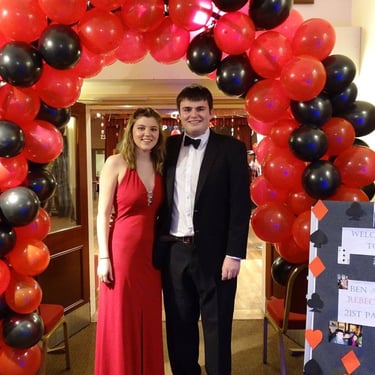
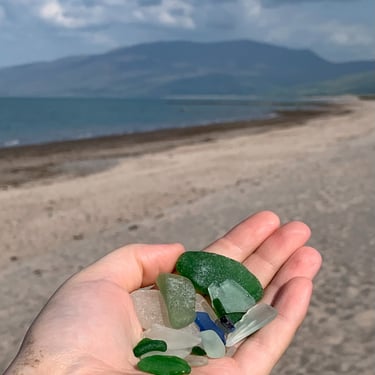

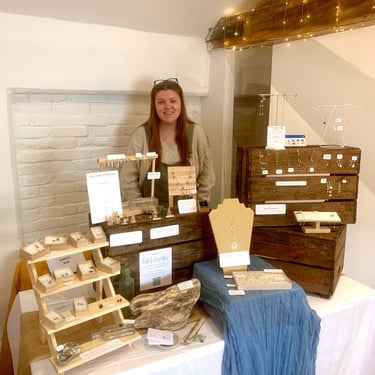

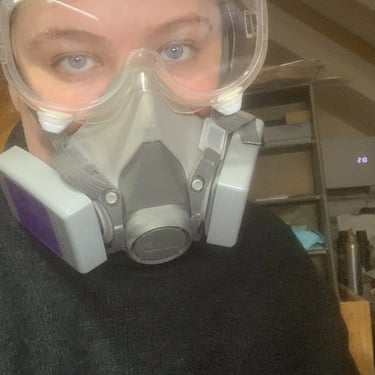
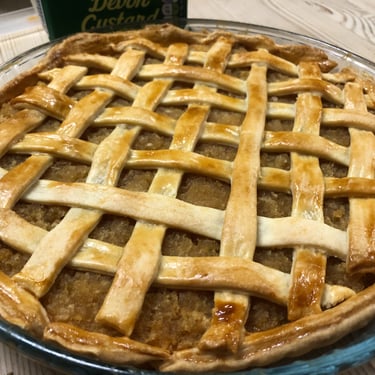
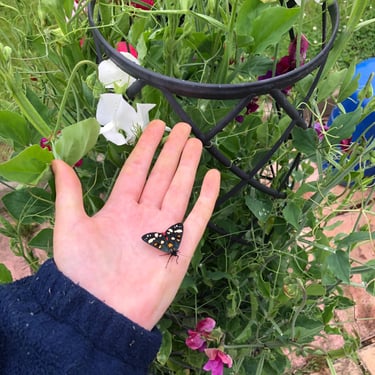

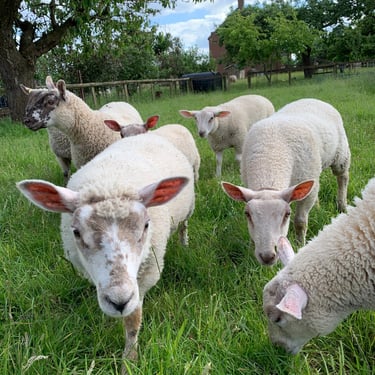

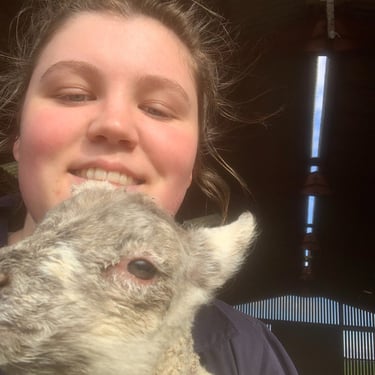
The Importance of Hallmarking
What is hallmarking, what are the legal requirements and what does it mean for you?
SILVER & GOLD SMITHING
3/18/20254 min read
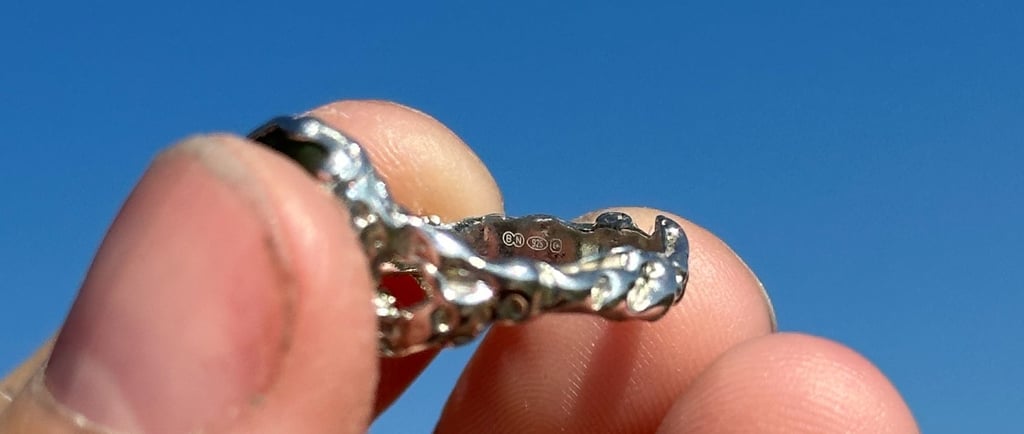

Hallmarking is very, very old. It started in the 1300s and is the oldest form of consumer protection. It means that when you're buying a piece of jewellery made with precious metal- silver, gold, palladium or platinum- it is in fact made out of what the seller claims.
Jewellers and manufacturers like myself can't hallmark jewellery ourselves, it has to be sent to one of the four assay offices in the UK so that they can determine the composition and then hallmark the piece to show who made it, what it's made from, and which assay office hallmarked it to ensure traceability.
Most pieces of jewellery are not made with the pure precious metal, they are an alloy, which is a mixture of metals to achieve the desired colour, strength and durability. It's nearly impossible to detect the metal and its percentage by sight and touch alone. Assay offices use X-ray fluorescence technology to check that the composition is enough to meet the legal requirement to be labeled as such.
What is hallmarking?
What are the legal requirements?
It is a legal requirement to have precious metal hallmarked if the piece is above a certain weight. The weight threshold depends on what metal it is made up of:
Silver- 7.78g
Gold- 1g
Palladium- 1g
Platinum- 0.5g
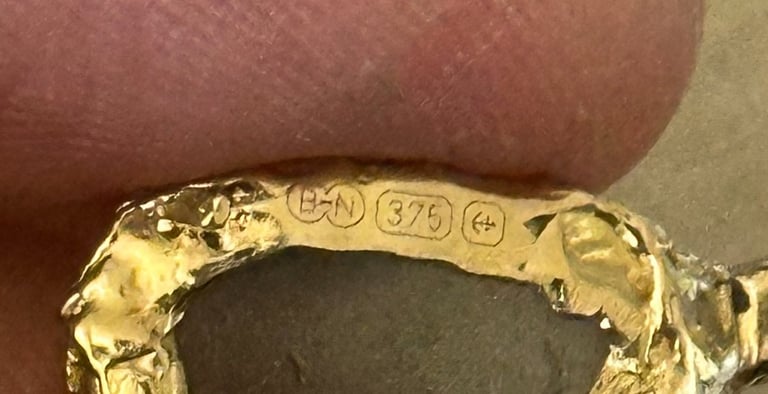

It means you can be sure that you're spending your hard earned money on what you've been told you're getting. Rather than just taking their word for it, there's a literal stamp (or laser) of approval from a government monitored and regulated assay office.
At the moment, my jewellery is made with silver and 9ct gold, though this might change in the future. Most of my jewellery is under the weight limit for hallmarking, though I have still paid to have a few pieces hallmarked (particularly with the Seaweed Collection) anyway because I believe it helps tell a story behind heirloom jewellery, and I hope that this is what they become.
Personalised pieces- the Ear Tag Collection and the River & Coastline Collection- aren't hallmarked it isn't legally necessary, and it would significantly increase the cost to make, which I would have to pass on to customers.
What does this mean for me?
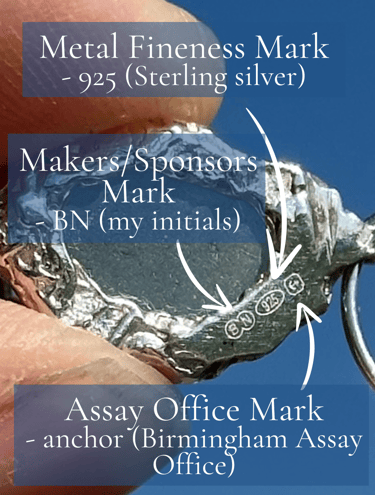

What does it look like, and what do they mean?
Traditionally, hallmarks are stamped on, though new technology means that you can also use a laser to engrave instead. Because a lot of my pieces are made with sea glass, which could be damaged by the stamping process, I've opted for a laser hallmark.
The legal requirement is to have:
Maker's/Sponsor's Mark
Metal Fineness Mark
Assay Office Mark
There are also other marks that are optional, such as the year of manufacture (which is actually a letter), or special event marks (such as a coronation mark for the year King Charles III was crowned).
I have registered with Birmingham Assay Office, who's mark is an anchor, as they're the closest to me in Worcestershire and I want to produce my products with as few emissions as possible. I've used my initials for my maker's mark (BN) and two circles for the outline. The initials and outline shape create a unique mark that nobody else will have at the Birmingham Assay Office. This means anyone can contact them to ask about a maker for traceability.
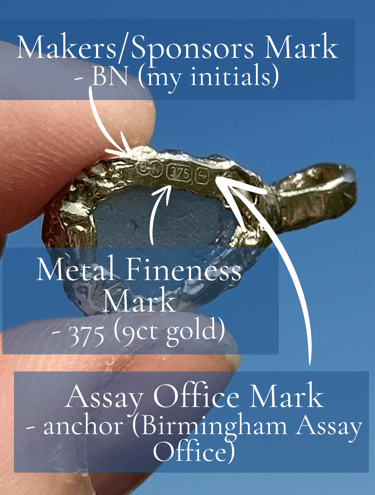

The numbers tell you what sort of precious metal the piece is, plus the purity of it. For example, Sterling silver is 925, whereas fine silver is 999, and 9ct gold is 375 whereas 18ct gold is 750. You can just Google 'XXX metal fineness hallmark' and you'll be able to see what it means.
Sometimes where mixed metals have been used, and you can see by eye clearly which is which, there will be two metal fineness marks. For example, if a piece uses both 9ct gold and Sterling silver, the colours are different enough to spot the difference. However, if an ordinary person cannot tell the difference, for example if 9ct yellow gold and 14ct yellow gold had been used in the same piece, or if palladium and platinum were used in the same piece, then it will only be marked with the least precious metal.
How can I tell what the metal fineness means?
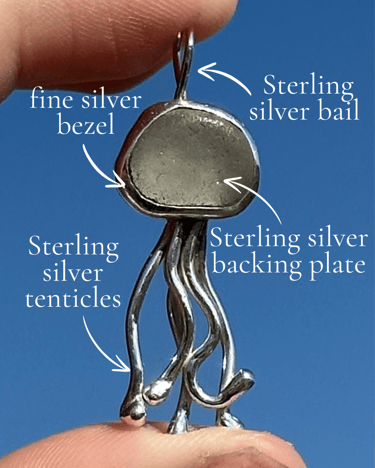
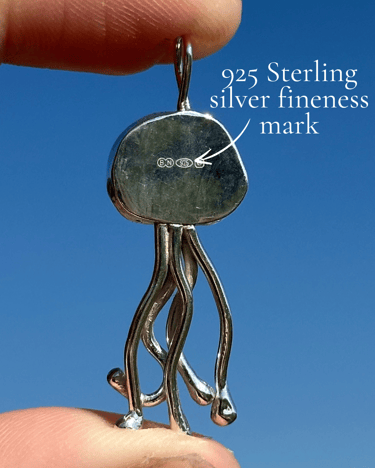


This Jimmy the Jellyfish has a 925 Sterling silver fineness stamp, even though the bezel is made using 999 fine silver.
As you can't tell the difference between them, Jimmy has been stamped with 925 as this is the lowest purity.
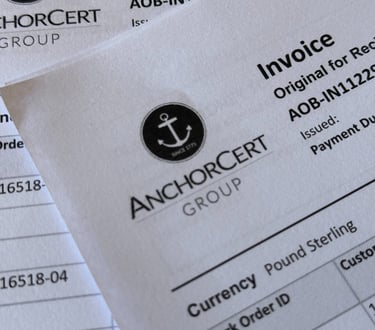

Hallmarking offers reassurance for buyers, and is a legal requirement for many precious metal pieces.
If you have any questions about hallmarking, please get in touch!
Handmade Birch Designs
birchrings@gmail.com
@handmadebirchdesigs
Based in Worcestershire
For Australia, Canada, New Zealand and US customers, please visit our Etsy page to order